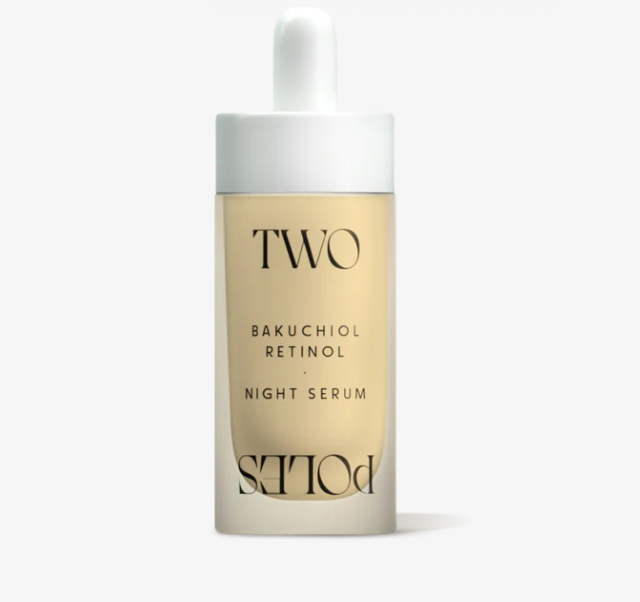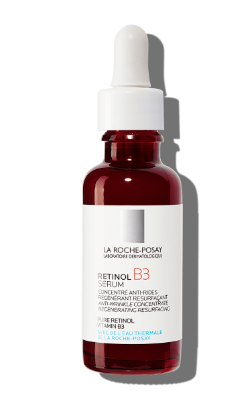1. Glycolic Acid
Glycolic acid is a naturally occurring alpha hydroxy acid (AHA) with a high moisturising, exfoliating and regenerating power. It is able to reach the deepest layers of the skin and is therefore widely used in the cosmetic industry, in different concentrations.
The benefits of glycolic acid on our skin were published in 1974 by doctors E. Van Scott and R. Yu. They first discovered the unique skin care benefits of AHAs through their research on hereditary dry skin (medically referred to as ichthyosis).
They demonstrated that these molecules, extracted from various fruits and foods, had remarkable benefits in the treatment of skin conditions such as acne and hyperpigmentation, and that they were also highly effective in the prevention and treatment of these processes typical of photo-ageing and other skin lesions resulting from sun exposure.
Properties
Glycolic acid can be used for different purposes depending on its concentration.
In low concentrations (around 4%), it acts only on the outer layer of the skin, exfoliating it without irritating it, thus allowing the skin to get rid of the dead cells that accumulate on the surface and can cause clogged pores. This boosts cell renewal, as well as smoothing, softening and brightening the skin.
In higher concentrations (around 4-10%) it has powerful “anti-ageing” actions. In this case, it acts by increasing epidermal thickness and reducing wrinkles. At the same time, it also stimulates the synthesis of collagen (which declines over time) and hyaluronic acid, both of which provide elasticity and firmness to the skin.
Its use is highly recommended in the case of acne-prone skin as it helps to eliminate excess sebum and other lipids present in the skin, in turn smoothing out any scars or lesions that may remain afterwards.
Finally, the combined use of glycolic acid with other depigmenting agents has been shown to be highly effective. This is because glycolic acid helps the depigmenting agent to penetrate into the deeper layers of the skin, reaching the stratum corneum.
2. Retinol
Retinol belongs to the group of so-called retinoids, which are molecules derived from vitamin A. Vitamin A is an essential molecule for the proper functioning of numerous processes in our body, including vision, the immune system and cell development. In addition to its importance internally, as is already widely known, it is included in the composition of numerous dermo-cosmetic products due to its multiple benefits.
Vitamin A has three active forms: apart from retinol, we also have retinal or retinaldehyde and retinoic acid. All three are widely used in the cosmetic world. The difference between the three is the chemical structure, and as a consequence of this, the power with which these molecules act on our skin.
Directly in our skin, retinol can be oxidised to retinal, which in turn can be oxidised to retinoic acid.
What is retinol used for, what are the benefits of using it.
It is widely used mainly due to its anti-ageing properties and its ability to improve the appearance of the skin, as it is able to stimulate collagen production, thus reducing fine wrinkles and improving skin texture. Regular use of retinol products significantly helps to reduce the signs of ageing as it also stimulates cell renewal. In addition, it also helps to combat acne, residual acne marks and other possible hyperpigmentation that may appear on the skin as a result of, for example, sun exposure.
It is important to note that retinol should be used with caution as it is irritating to the skin, especially at the beginning of treatment. So, we should do what is known as “progression according to tolerance”, which consists of introducing retinol into our routine gradually, i.e. we start with 2-3 applications per week, then apply it every other day, and when we notice that our skin tolerates it better, we apply it every night.
Last but not least, the use of retinol is strictly limited to the night routine and it is essential and indispensable to use sun protection every day for the duration of the treatment, to avoid the possible photosensitivity that may appear with its use.
A couple of recommendations of serums that include retinol as a main ingredient in their composition, and whose use has a proven efficacy, are listed below.

Night Serum TWO POLES. 0.3% retinol in its concentration. Indicated to improve wrinkles, the appearance of pores and skin blemishes. Also highly recommended for use on acne-prone skin. In this case, the retinol is encapsulated, i.e., wrapped in a capsule that improves its penetration into the skin and helps it to be less irritating.

Retinol B3 serum La Roche Posay. Renewing dermatological serum. It also includes vitamin B3, which strengthens the skin barrier, soothes the skin and improves the appearance of redness.
Information
- https://www.firstskinfoundation.org/testimonial-dinner-2008
- https://www.cantabrialabs.es/blog/propiedades-acido-glicolico/
- https://lpi.oregonstate.edu/es/mic/vitaminas/vitamina-A
- https://www.farmaciajauregui.es/con-que-se-puede-mezclar-el-retinol/



